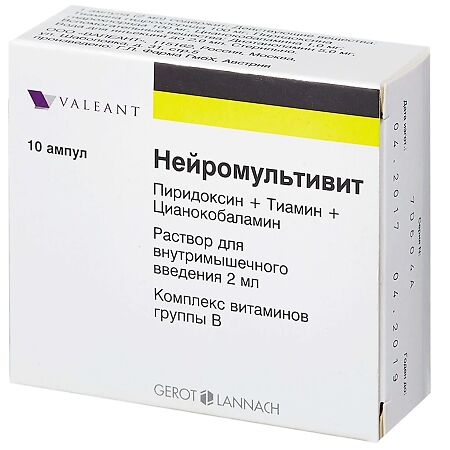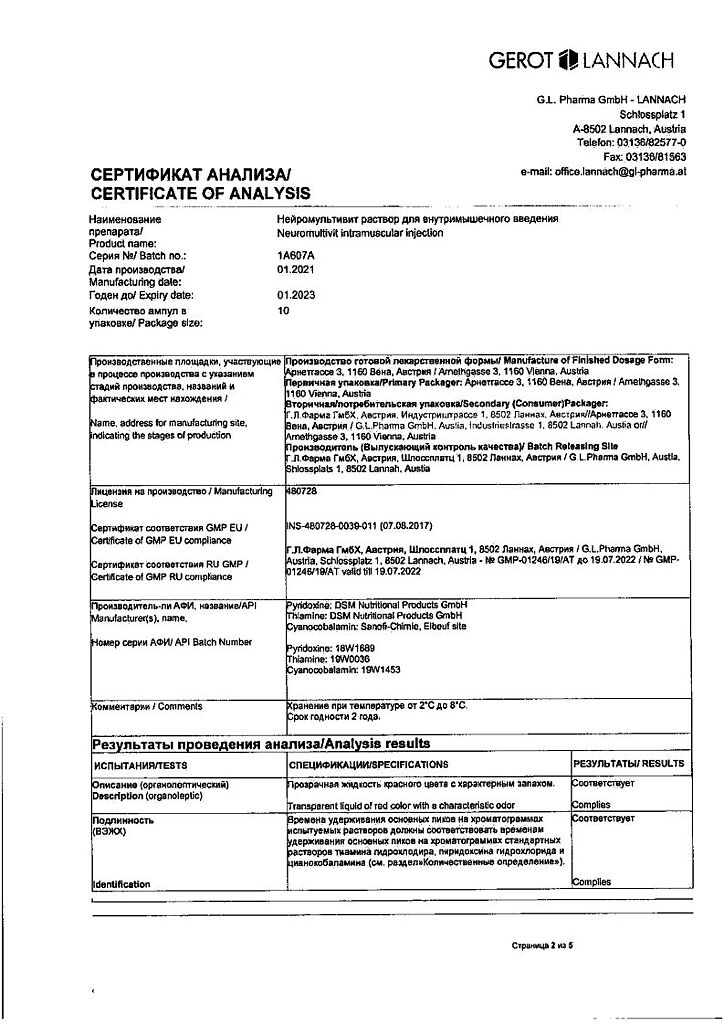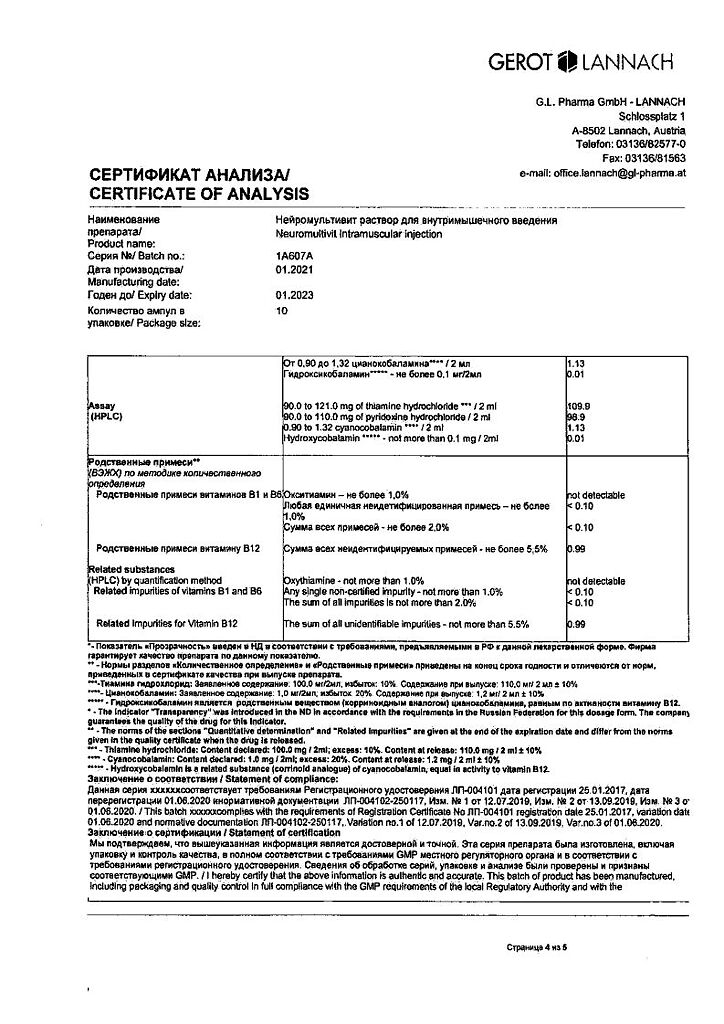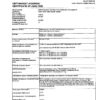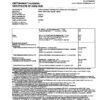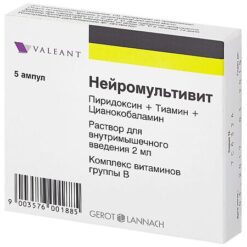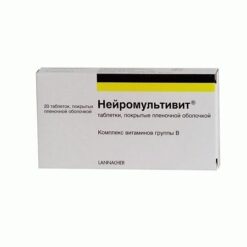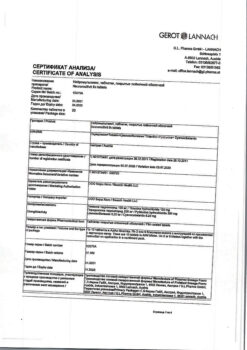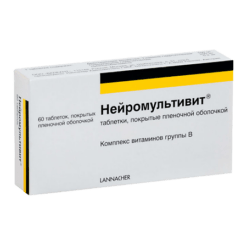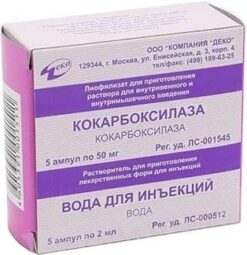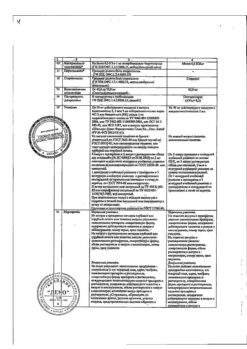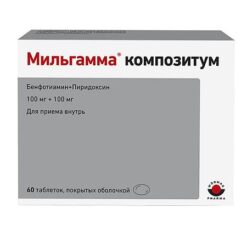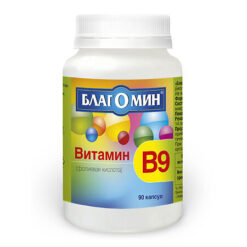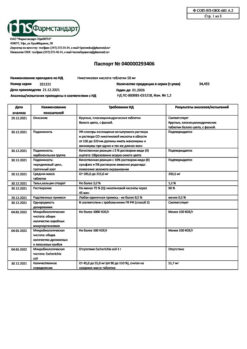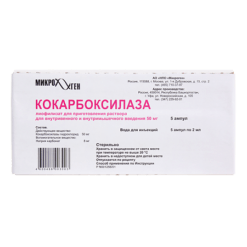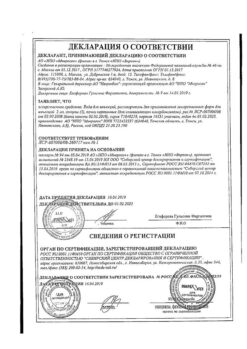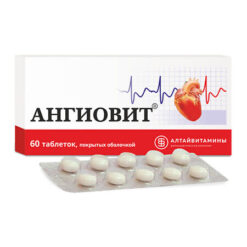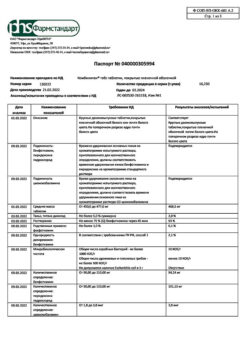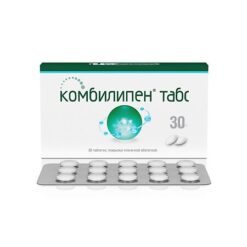No products in the cart.
Neuromultivit, 2 ml 10 pcs
€17.50 €14.58
Description
Pharmacological action is determined by the properties of the vitamins included in the drug. The drug contains vitamins B1 (thiamin), B6 (pyridoxine) and B12 (cyanocobalamin), deficiency of which may lead to neurological disorders, mainly in the peripheral nervous system.
The B-group neurotropic vitamins have beneficial effects on inflammatory and degenerative diseases of the nerves and the motor system. They increase blood flow and improve the function of the nervous system.
Thiamine is a cofactor of enzymes carrying two-carbon groups in decarboxylation reactions and plays a key role in carbohydrate metabolism and also in the Krebs cycle with subsequent participation in the synthesis of TPP (thiamine pyrophosphate) and ATP (adenosine triphosphate).
Pyridoxine is a cofactor of transaminases, is involved in protein metabolism, and in part, in the metabolism of carbohydrates and fats.
The physiological function of both vitamins is to potentiate each other’s action, manifesting as positive effects on the nervous, neuromuscular and cardiovascular systems.
The product quickly compensates for these vitamin deficiencies.
Cyanocobalamin is a cofactor in reactions of transfer of single-carbon groups, participates in the synthesis of myelin sheath, stimulates hematopoiesis, reduces pain associated with lesions of the peripheral nervous system, stimulates nucleic exchange through activation of folic acid.
Pharmacokinetics:
After intramuscular administration, thiamine is rapidly absorbed from the injection site and enters the blood (484 ng/mL after 15 minutes on the first day of administration of a 50 mg dose) and is unevenly distributed in the body at 15% in white blood cells, 75% in erythrocytes, and 10% in plasma.
Thiamine penetrates the blood-brain and placenta barrier and is found in the mother’s milk. Thiamine is excreted in the urine in the alpha phase after 0.15 hours, in the beta phase after 1 hour and in the terminal phase within 2 days. The main metabolites are thiamine carboxylic acid, pyramine and some unknown metabolites. Of all vitamins, thiamine is retained in the body in the smallest amounts. The adult body contains about 30 mg of thiamine as 80% thiaminpyrophosphate, 10% thiaminotriphosphate, and the rest as thiaminmonophosphate.
After intramuscular administration, pyridoxine is quickly absorbed into the bloodstream and distributed in the body, acting as a coenzyme after phosphorylation of the CH2ON group in the 5th position to form metabolically active pyridoxalphosphate. About 80% of the vitamin is bound to plasma proteins.
Pyridoxine is distributed throughout the body and crosses the placenta and is found in the mother’s milk, deposited in the liver and oxidized to 4-pyridoxylic acid, which is excreted in the urine, maximum 2 to 5 hours after absorption. The human body contains 40-150 mg of vitamin B6 and its daily elimination rate is about 1.7-3.6 mg with a replenishment rate of 2.2-2.4%.
After parenteral administration, cyanocobalamin forms complexes with the transcobalamin transport protein, which are rapidly absorbed by the liver, bone marrow and other organs. Cyanocobalamin is excreted into the bile and takes part in the intestinal-hepatic circulation. It passes through the placenta.
.
Form of release
Form of release
Transparent red liquid with a characteristic odor.
Additional information
| Manufacturer | G.L. Pharma GmbH, Austria |
|---|---|
| Medication form | solution |
| Brand | G.L. Pharma GmbH |
Other forms…
Related products
Buy Neuromultivit, 2 ml 10 pcs with delivery to USA, UK, Europe and over 120 other countries.

